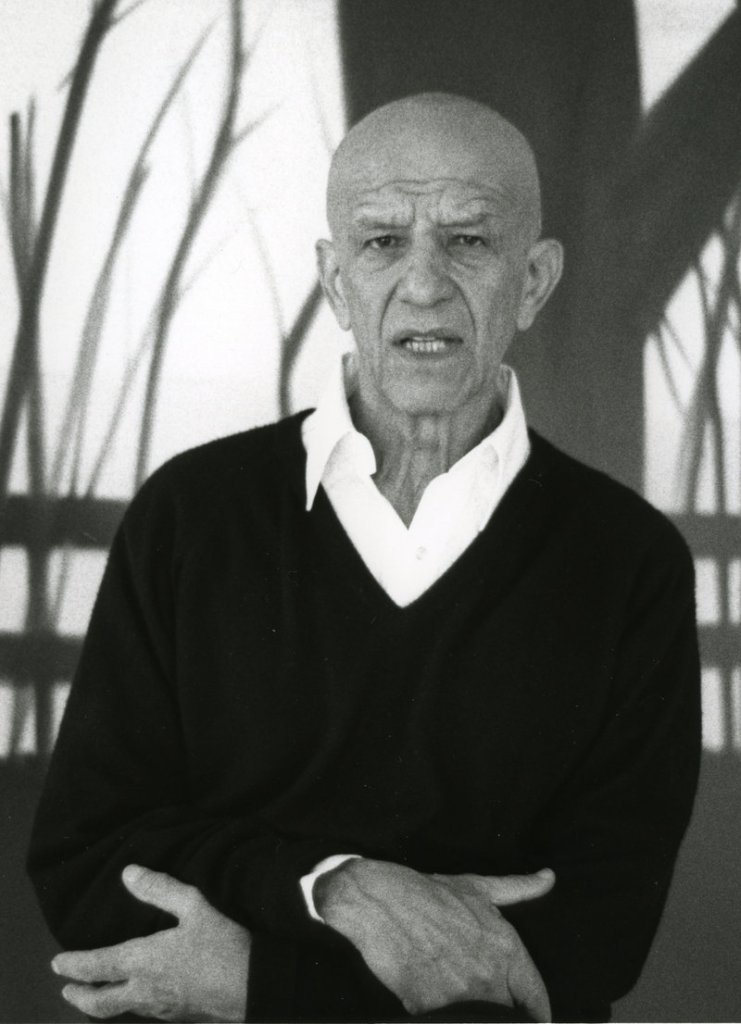The increase in wealth of post-World War II artists in America has resulted in a large jump in the number of artist-endowed foundations.
Increasingly, artists in Maine and across the country are creating foundations to steward art collections and archives, contribute work to museums, operate artist residency programs and conduct cultural and educational programs.
At 10:30 a.m. Aug. 6, the Farnsworth Art Museum in Rockland will host a public forum exploring the trend of artist-endowed foundations. Christine J. Vincent of the Aspen Institute and former president of Maine College of Art in Portland will lead a panel discussion examining the trend.
Vincent directed the Aspen Institute’s national study of artist-endowed foundations.
“In this country, we are seeing the passing of the first generation to include a substantial number of artists whose artistic practice generated wealth, in some cases substantial,” she wrote in an email. “This is a post-war phenomenon tied to the growth in the visual arts field nationally and internationally, not to mention the general economic expansion during that period.”
The Aspen Institute’s study documented 300 foundations, many created in the past two decades, holding $3 billion in assets. Half of that total represented art and intellectual property.
The largest are widely known: Warhol, Pollock-Krasner, Mapplethorpe, Lichtenstein.
In Maine, museums benefit from a variety of foundations, including the Alex Katz Foundation. Katz, who has a summer home in Lincolnville, has used his foundation to purchase artwork from his contemporaries and give that work to a variety of institutions, including the Farnsworth, the Portland Museum of Art and the museums at Colby and Bowdoin colleges.
Katz, 85, formed the foundation because he wanted to put his money to work for artists, he said in a phone interview.
“Honestly, you end up with extra money. I like to give it back,” he said. “The idea of giving grants didn’t seem a perfect solution. That is what artists usually do. I came up with the idea of buying art and giving it away.”
Mark Bessire, director of the Portland Museum of Art, called Katz’s model a win-win-win solution: Museums receive an influx of new work, artists get paid for their work, and the public gets to see it.
Katz’s gifts are timely, because museums have little money for acquisitions.
“He is supporting living artists by buying their art and supporting museums by giving them contemporary art,” Bessire said.
Katz only gives work to museums that agree to show it.
“If they stop showing it, I will stop giving it,” he said. “I don’t think the work should go in closets.”
Staff Writer Bob Keyes can be contacted at 791-6457 or:
bkeyes@pressherald.com
Twitter: pphbkeyes‘
Send questions/comments to the editors.



